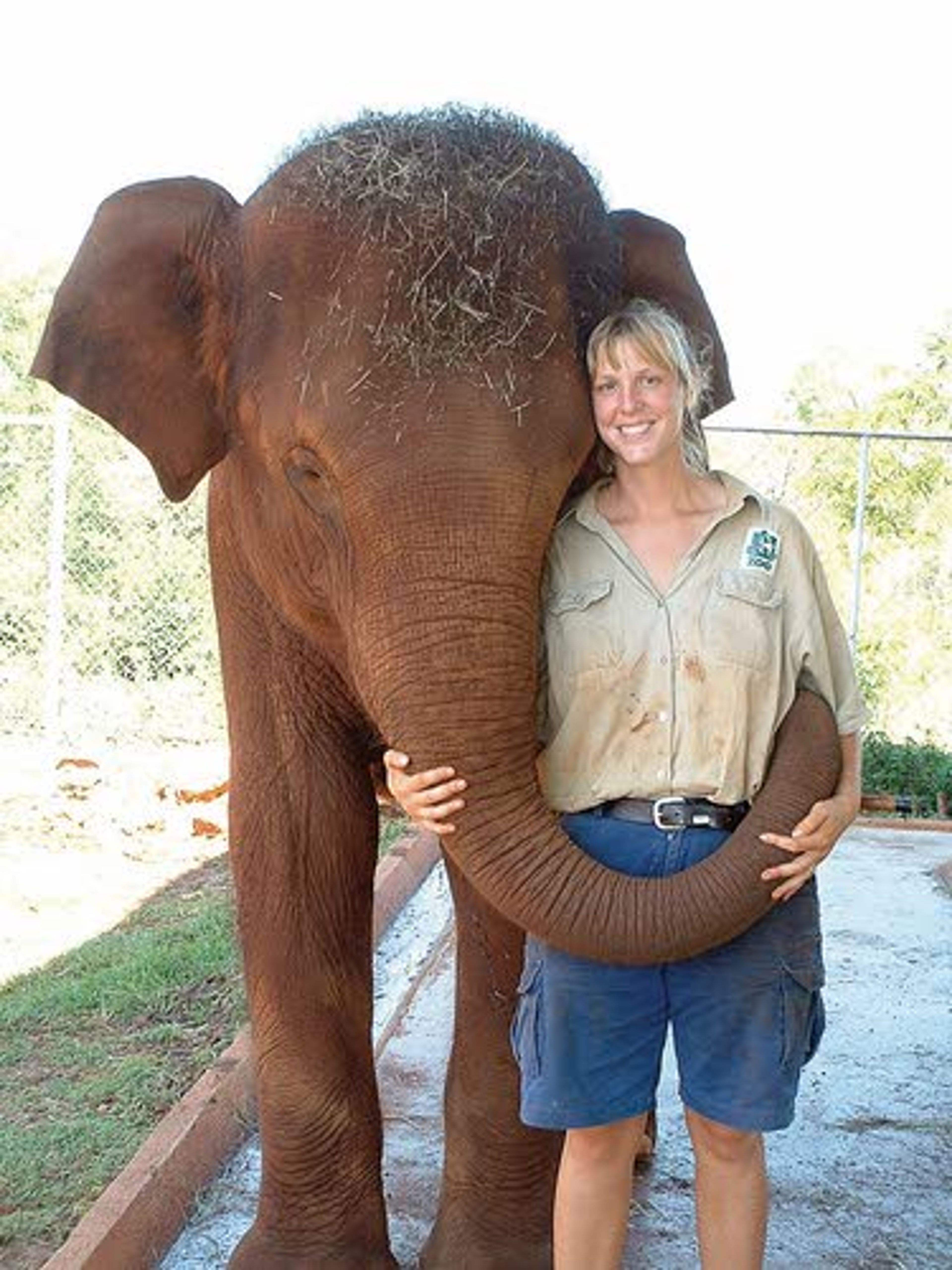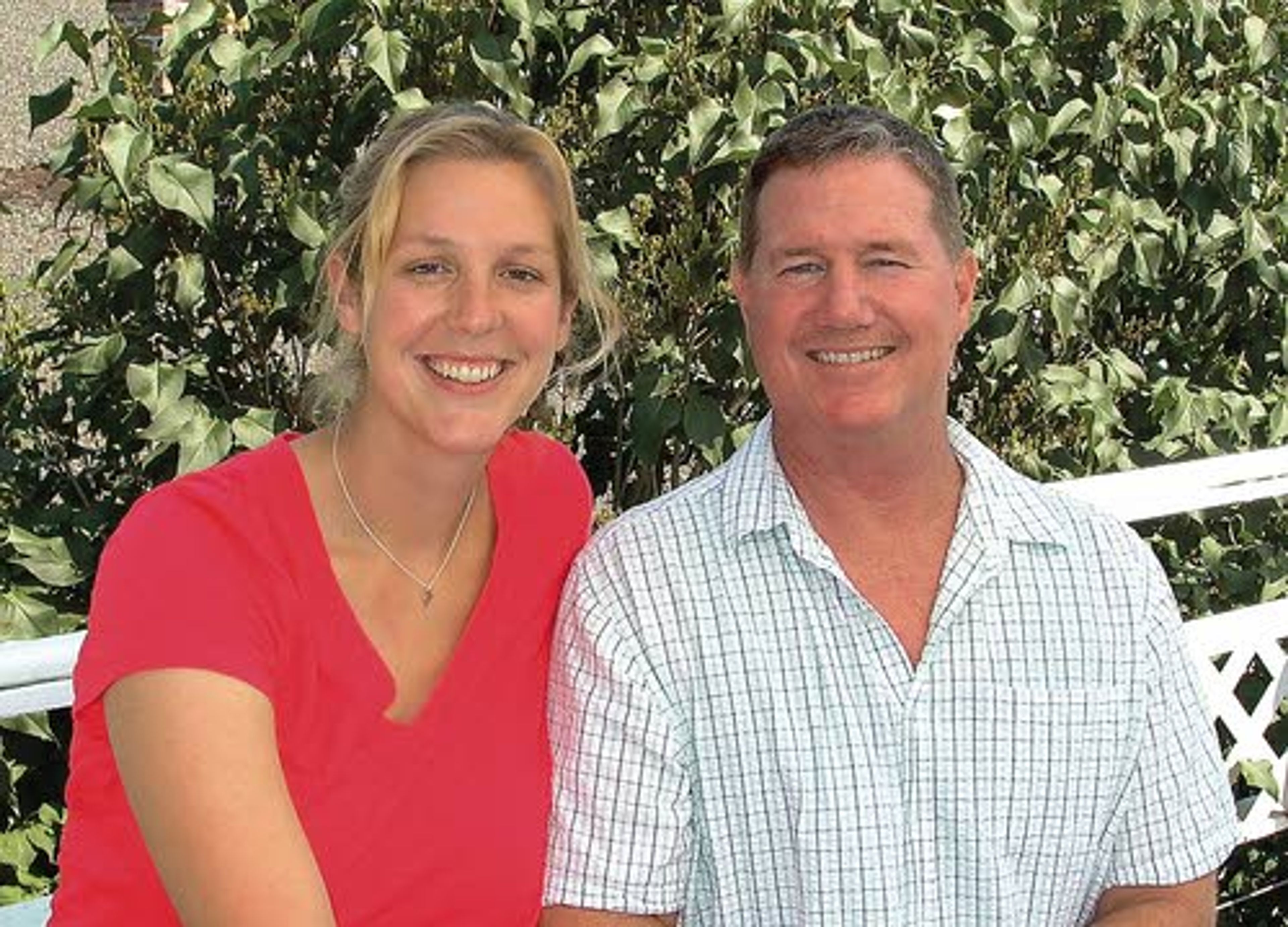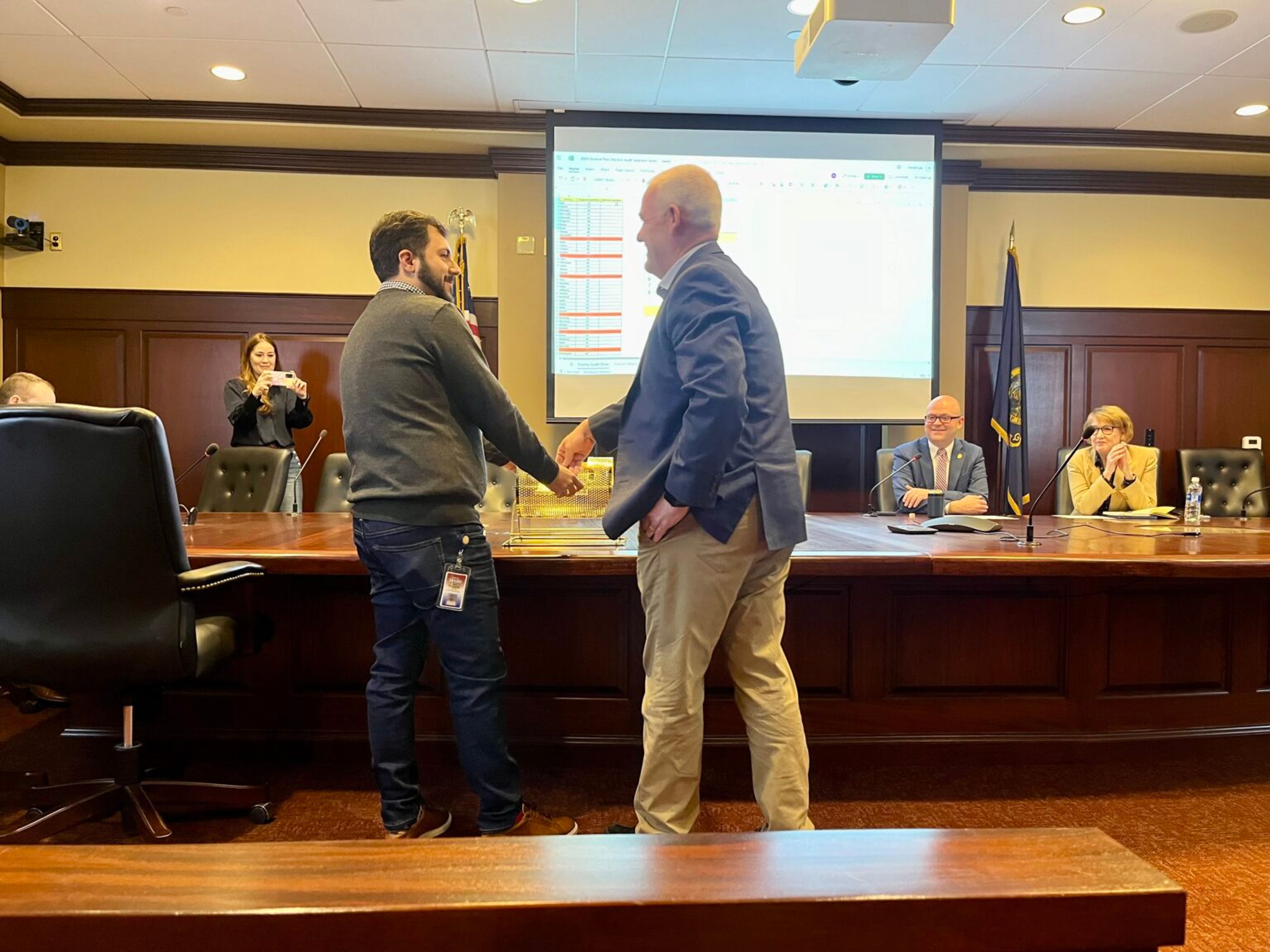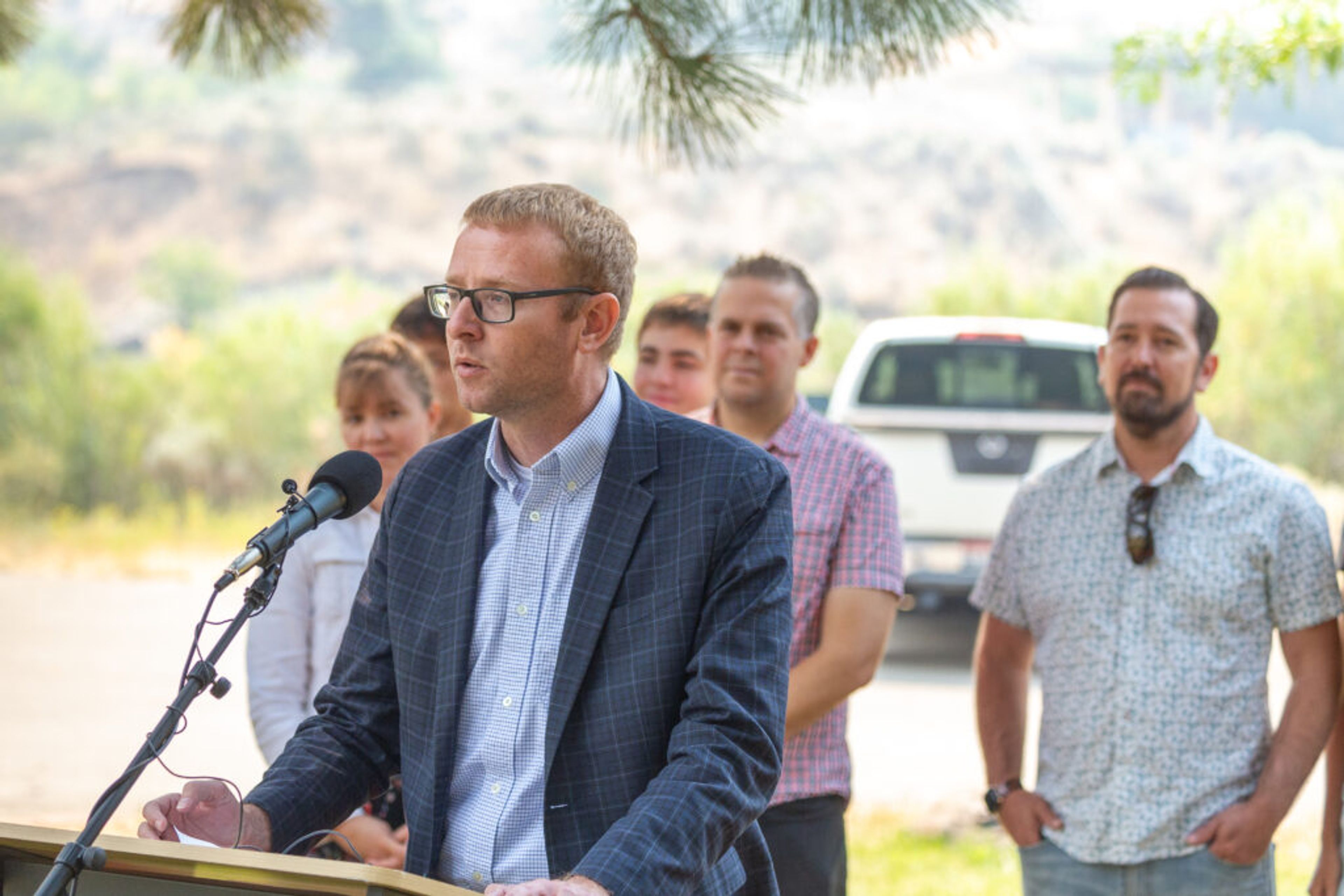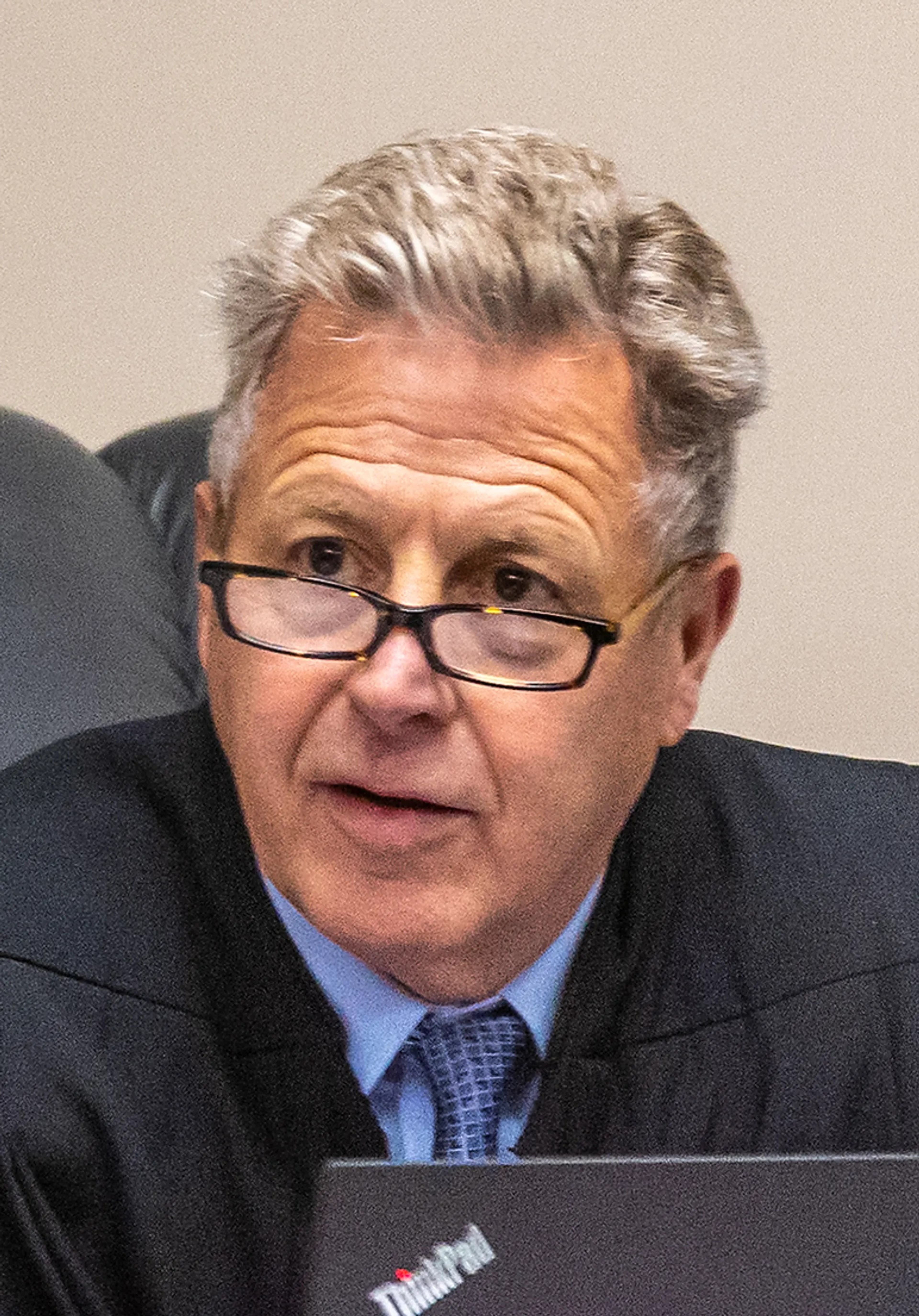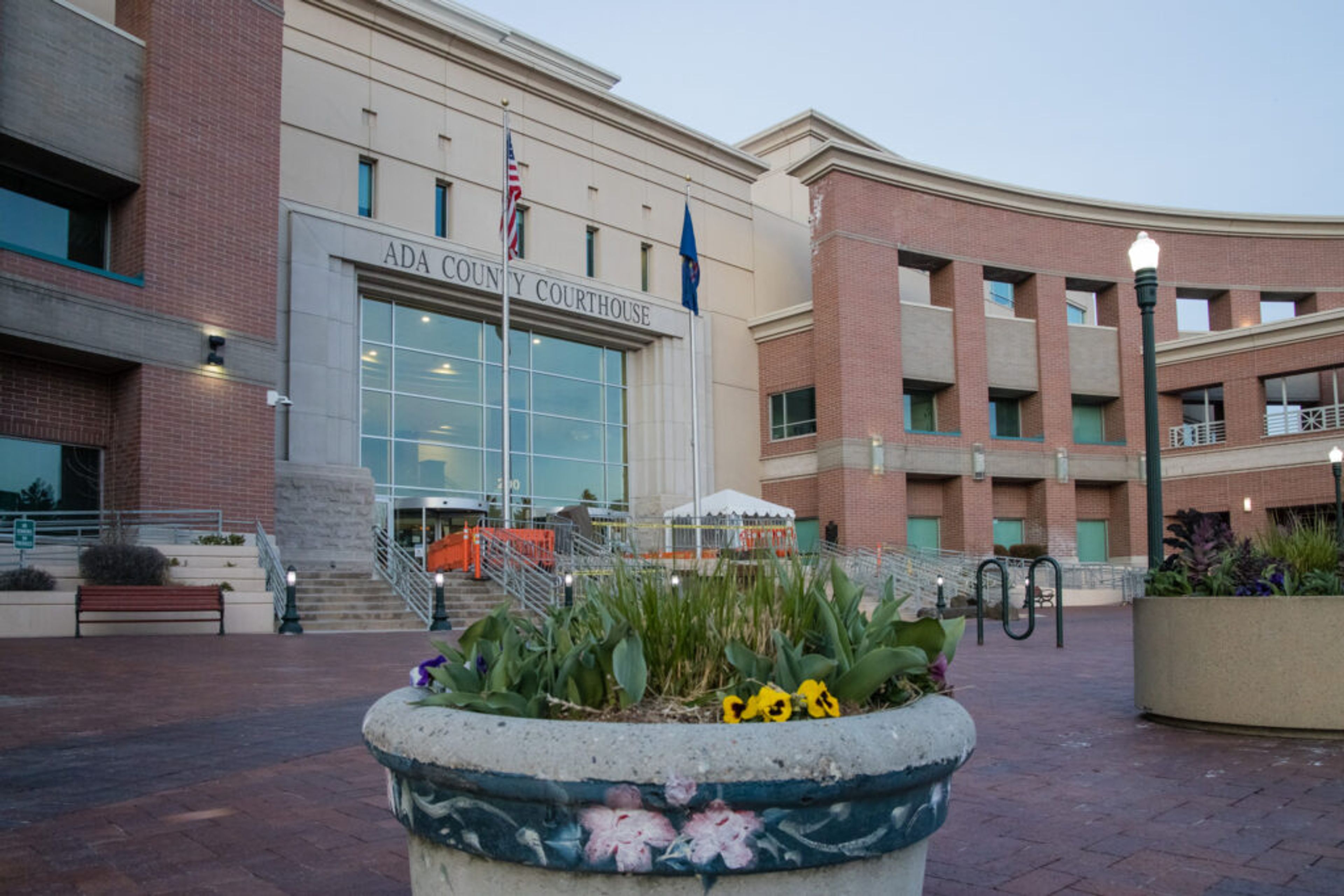It's all done 'very carefully'
Pullman High, WSU grad and her husband talk about handling and breeding elephants and other exotic animals
PULLMAN - The question is uncommon, but the answer is obvious: How do you artificially inseminate an elephant?
"Very carefully," Pat Flora says with a laugh, sitting next to his wife, Molly Flora, on the deck of her parents' Sunnyside Hill home in Pullman.
Pat Flora, 49, has spent his life training, handling and breeding elephants and other exotic animals. He met Molly Flora (nee Fisher), 32, in 2002, while they were working at a small, private zoo called Wildlife Safari in Winston, Ore.
Molly Flora graduated from Pullman High School in 1996, and earned a degree in wildlife management from Washington State University in 2000. She started her career at an African safari park in Texas before moving to Oregon.
They are in between jobs this summer, but the couple's most recent work was a multiyear project to help the Melbourne Zoo in Australia establish a new Asian elephant exhibit. And that's where helping two females conceive came into play.
But what nature usually takes care of on its own turned out to be a challenge. The male that was supposed to sire the next generation of the zoo's elephant population just never got in the mood.
So the Floras had to intervene, accomplishing the first successful artificial insemination of an elephant in Australia, Pat Flora says. They successfully impregnated Dokkoon, who gave birth in January to Mali, which means "little girl" in Thai.
They also taught the zookeepers how to do the inseminations themselves. Another elephant, Kulab, is due to give birth next month.
Pat Flora got into the exotic animal business in 1980 at a park in the San Francisco Bay Area after graduating from junior college with a general studies degree.
"When I started it was more about a strong back and a good work ethic," rather than a degree in zoology or wildlife studies, Pat Flora says.
He then did a 15-year stint at Marine World/Africa USA in California. While there, he helped manage animals for dozens of movie and television productions, including hits like "Coming to America" with Eddie Murphy.
Pat Flora also got to know the celebrity elephant Mardji, which played one of the bantha creatures in the original production of "Star Wars."
"She was trained to hold her trunk in her mouth so you couldn't see it dangling down," he says.
At Marine World, Pat Flora worked with one of the most well-known trainers in the business, Ron Whitfield, whom he credits as his mentor.
"I guess he must have thought I was energetic enough and saw something he thought he could groom," he says.
Pat Flora says he has seen his fair share of the politics that swirl around the captivity and training of exotic animals. At Marine World, he says at least one person would approach him with concerns and questions every day after one of his shows.
And in a 2008 story in the Australian newspaper The Age, the Melbourne Zoo confirmed that he jabbed Dokkoon in the backside several times with a sharp metal spike in an effort to control her.
But Pat Flora stridently defends himself, saying that Dokkoon and another elephant didn't adjust well to their move from Thailand, and had gotten in a fight. Dokkoon had put him in danger by backing him against a tree, so rather than strike the elephant with a bullhook in front of zoo guests, he used the leather punch on his pocket knife to drive her away from him.
The incident was also reported to the press by employees who had been fired by the zoo and had an ax to grind with the director, Pat Flora says. Two subsequent investigations found that his actions were justified.
Both he and Molly Flora say that animal rights activists have valid points about how captive animals are treated, and the industry has evolved in response. And as a former president and board member of the Elephant Managers Association, Pat Flora says he has written extensively on better handling techniques.
"No matter how I feel, or you feel, or anybody feels about animals in captivity, that's where they are," he says. "We can argue about the validity for them to be there, but if they're going to be in human care, it's my job to give them the best quality life that I can."
Molly Flora says the level of awareness and education provided by zoos, parks and even circus acts can spur people to be more conservation-minded and contribute to causes like habitat preservation.
She says it is not uncommon for people to burst into tears when they get to see an elephant up close.
"We truly, wholeheartedly believe that when people get a chance to be around these animals, it changes their lives."
---
Mills may be contacted at jmills@lmtribune.com or (208) 883-0564.
